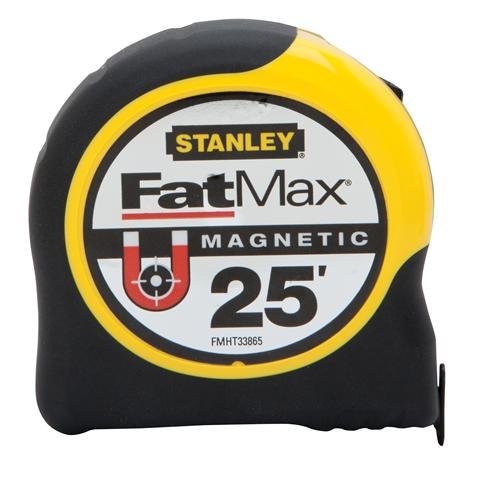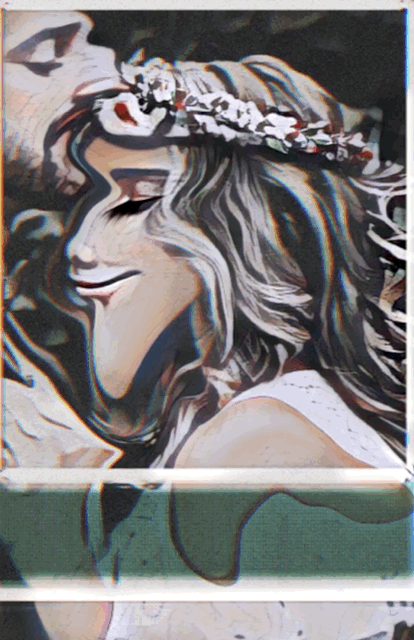
If true, rescale input by (new_height - 1) / (height - 1), whichĮxactly aligns the 4 corners of images and resized images. size: A 1-D int32 Tensor of 2 elements: new_height, new_width.Must be one of the following types: uint8, int8, int16, int32, int64, half, float32, float64.Ĥ-D with shape. Input images can be of different types but output images are always float. Resize images to size using area interpolation. Tf.image.resize_area(images, size, align_corners=None, name=None) If images was 3-D, a 3-D float Tensor of shape If images was 4-D, a 4-D float Tensor of shape ValueError: if an unsupported resize method is specified.ValueError: if the shape of images is incompatible with the.If true, exactly align all 4 corners of the input and output. images: 4-D Tensor of shape or 3-D Tensor of shape ``.Resized images will be distorted if their original aspect ratio is not Resize images to new_width, new_height using the specified method. Tf.image.resize_images(images, new_height, new_width, method=0, align_corners=False) Resized_image = tf.image.resize_images(image, 299, 299) Other resizing Ops only support 4-D batches of images as input:Įxample: # Decode a JPG image and resize it to 299 by 299 using default method. The convenience function resize_images() supports both 4-DĪnd 3-D tensors as input and output. Output resized images as float32 tensors. The resizing Ops accept input images as tensors of several types. Compression level.Ī Tensor of type string. Must be one of the following types: uint8, uint16. 9 is the highest compression level, generating The ZLIB compression level, compression, can be -1 for the PNG-encoderĭefault or a value from 0 to 9. Image is a 3-D uint8 or uint16 Tensor of shape Tf.image.encode_png(image, compression=None, name=None)

Defaults to tf.uint8.Ī Tensor of type dtype.
dtype: An optional tf.DType from: tf.uint8, tf.uint16. If needed, the PNG-encoded image is transformed to match the requested number 0: Use the number of channels in the PNG-encoded image. Tf.code_png(contents, channels=None, dtype=None, name=None)ĭecode a PNG-encoded image to a uint8 or uint16 tensor. If not empty, embed this XMP metadata in the image header.Ī Tensor of type string. Pixels per inch ( 'in') or centimeter ( 'cm'). Unit used to specify x_density and y_density: density_unit: An optional string from: "in", "cm". chroma_downsampling: An optional bool. If True, spend CPU/RAM to reduce size with no quality change. If True, create a JPEG that loads progressively (coarse to fine). Quality of the compression from 0 to 100 (higher is better and slower). format: An optional string from: "", "grayscale", "rgb". In function of the number of channels in image:ģ-D with shape. If format is not specified or is the empty string, a default format is picked grayscale: Output a grayscale JPEG image. '': Use a default format based on the number of channels in the image. The attr format can be used to override the color format of the encoded Tf.image.encode_jpeg(image, format=None, quality=None, progressive=None, optimize_size=None, chroma_downsampling=None, density_unit=None, x_density=None, y_density=None, xmp_metadata=None, name=None) name: A name for the operation (optional).Ī Tensor of type uint8. The minimum required fraction of lines before a truncated acceptable_fraction: An optional float. If true try to recover an image from truncated input. try_recover_truncated: An optional bool. If true use a slower but nicer upscaling of the 
Number of color channels for the decoded image.

The attr ratio allows downscaling the image by an integer factor duringĭecoding. If needed, the JPEG-encoded image is transformed to match the requested number
0: Use the number of channels in the JPEG-encoded image. The attr channels indicates the desired number of color channels for the Tf.code_jpeg(contents, channels=None, ratio=None, fancy_upscaling=None, try_recover_truncated=None, acceptable_fraction=None, name=None)ĭecode a JPEG-encoded image to a uint8 tensor. To be stripped from the image and re-attached using slicing ops. Presently only support RGB, HSV, and GrayScale. Note: The PNG encode and decode Ops support RGBA, but the conversions Ops The decode Ops to one of the cropping and resizing Ops. If you need fixed size images, pass the output of Their input and outputĪre all of variable size. The encode and decode Ops apply to one image at a time. Images are represented by scalar string Tensors, decoded images by 3-D uint8 TensorFlow provides Ops to decode and encode JPEG and PNG formats. Note: Functions taking Tensor arguments can also take anything accepted by Class tensorflow::PartialTensorShapeUtils







 0 kommentar(er)
0 kommentar(er)
